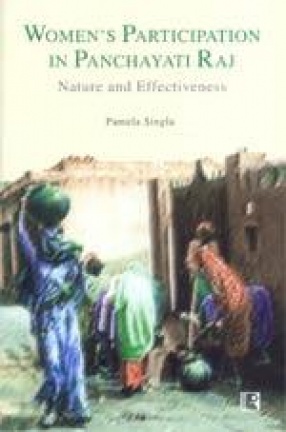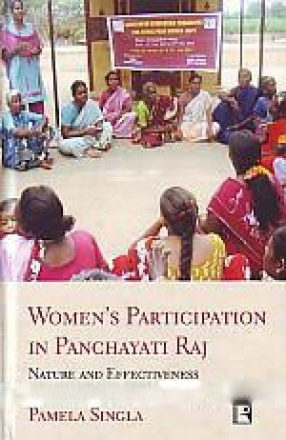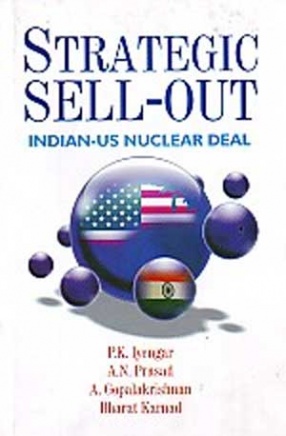The landmark 73rd Amendment to the Consitution of India has definitely empowered women in terms of numbers. From the miniscule figure of 2-4 per cent in most of the Indian states, the Amendment has for the first time brought 33-40 per cent rural women into the sphere of the decision-making process. But, being in large numbers is not enough as reservation provides only the possibility of a voice for women. It does not guarantee it. This is also because the backdrop in which the reservation has been introduced in the country is marked by such factors as illiteracy, male dominance, casteism, deep-rooted cultural beliefs and values,, which do not encourage women’s assertion but retain them in their traditional roles of dependent spouse, mother and housewife. Amidst such social and cultural constraints, it becomes important to study the nature and effectiveness with which the women members are able to participate in the PRIs, specifically their ability to address the women’s issues at the local level. The book is based on a comprehensive study, which looks into the whole issue of women’s participation in PRIs in the north Indian state of Haryana which is characterized by an alarming sex ratio in favour of men. The participation is studied not only from the angle of the elected women members themselves but also the elected men members, the public and most importantly by attending the Gram Panchayat, Panchayat Samiti and Zila Parishad meetings. Thus the focus of the study is to present a combination of both observational and empirical realities.
Women’s Participation in Panchayati Raj: Nature and Effectiveness
In stock
Free & Quick Delivery Worldwide
reviews
Bibliographic information
Title
Women’s Participation in Panchayati Raj: Nature and Effectiveness
Author
Edition
1st ed.
Publisher
Rawat Publications, 2007
ISBN
8131601196
Length
x+Tables; References; Maps; Bibliography; Index; 23cm.
Subjects






There are no reviews yet.